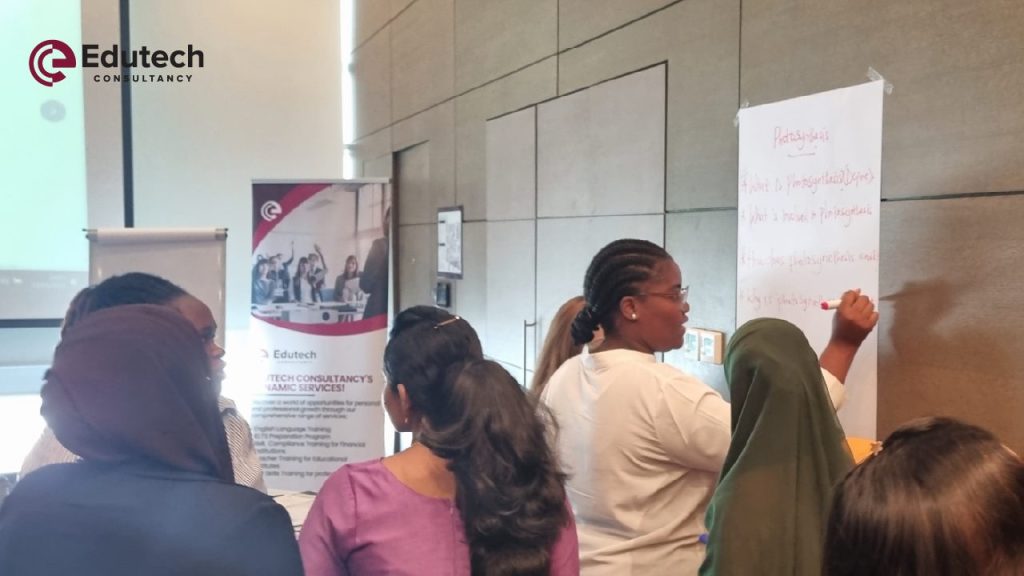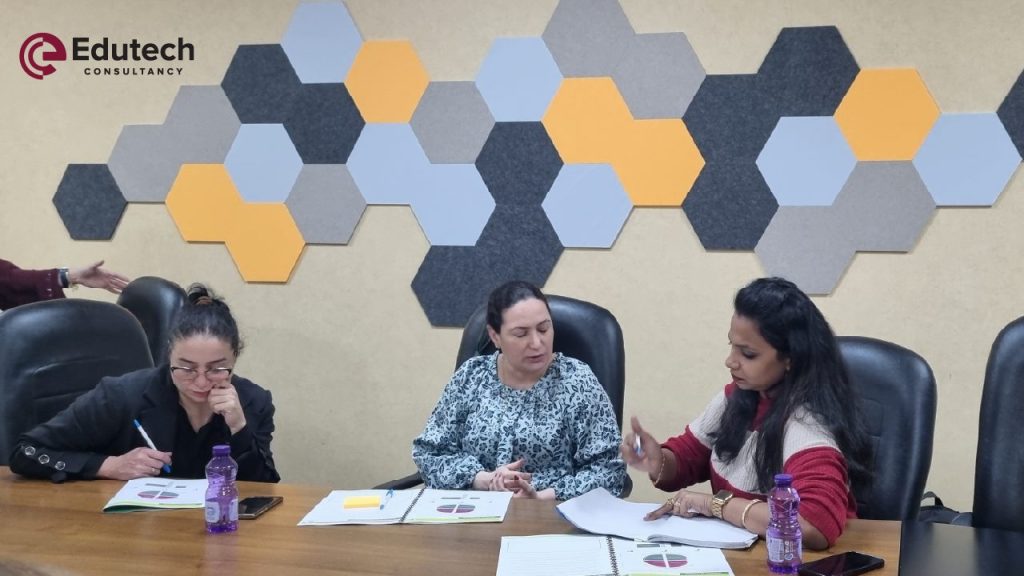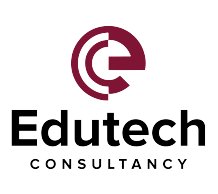Education is shifting from a traditional teacher-led approach to a more dynamic, student-centered model. This transition encourages active learning, collaboration, and personalization, making the classroom experience more engaging and effective.
At Edutech Consultancy, we believe in equipping educators with practical strategies to create an interactive learning environment that empowers students.
What is Student-Centered Learning?
Student-centered learning focuses on placing students at the heart of the educational process. Instead of passively absorbing information, students actively participate, explore topics based on their interests, and take ownership of their learning journey.
This approach fosters critical thinking, problem-solving, and deeper comprehension, leading to better academic outcomes.
Strategies to Create an Interactive Classroom:

1. Encourage Active Participation
Students learn best when they are actively engaged in the learning process. Encouraging discussions, debates, and hands-on activities helps students retain information more effectively. Using methods like “Think-Pair-Share” or class polling can make lessons more interactive and thought-provoking.
2. Promote Collaborative Learning
Group projects and teamwork-based activities enhance communication skills and create a sense of shared learning. Tools such as digital whiteboards, online collaboration platforms, and peer review exercises can further strengthen student interactions and engagement.
3. Implement the Flipped Classroom Approach
In a flipped classroom, students review instructional materials (such as recorded lectures or reading assignments) at home, while classroom time is reserved for discussions and problem-solving activities. This method allows students to engage deeply with the subject and apply what they have learned through guided exercises.
4. Foster Inquiry-Based Learning
Encouraging students to ask questions and conduct research on topics of interest nurtures their curiosity and critical thinking skills. Providing real-world scenarios for problem-solving and encouraging project-based learning can make lessons more meaningful and engaging.
5. Integrate Educational Technology
Leveraging technology can make learning more interactive and accessible. Tools like interactive whiteboards, educational apps, and online discussion forums provide diverse ways for students to absorb and demonstrate their understanding of concepts.
6. Differentiate Instruction Based on Student Needs
Every student has a unique learning style and pace. Differentiated instruction involves tailoring lessons to accommodate various learning preferences, ensuring that all students receive the support they need to succeed. Flexible lesson plans, adaptive learning tools, and personalized assignments can make learning more inclusive.

Professional Development for Educators
To help teachers implement these strategies, Edutech Consultancy offers specialized workshops and training programs, including:
- Effective Differentiated Instruction – Practical methods to address diverse student learning needs.
- Coaching for Student Success – Techniques to guide and mentor students for better engagement and academic performance.
- Technology in Education – Training on integrating digital tools to enhance student interaction and participation.
By embracing student-centered learning and equipping educators with the right strategies, classrooms can become vibrant spaces where students thrive. To explore our workshops and professional development opportunities.
For more information on our workshops and programs, please visit our Upcoming Workshops page.


